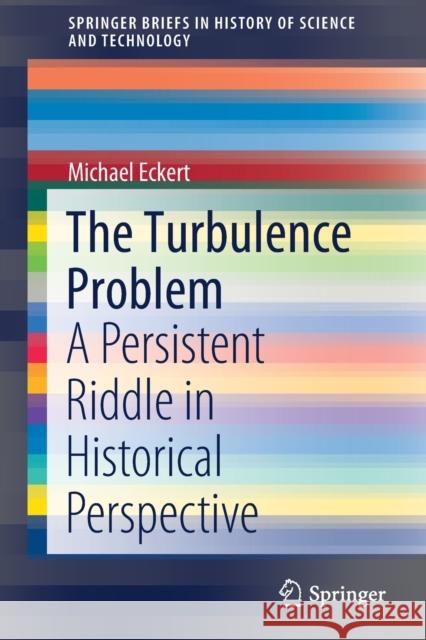The Turbulence Problem: A Persistent Riddle in Historical Perspective » książka
topmenu
The Turbulence Problem: A Persistent Riddle in Historical Perspective
ISBN-13: 9783030318628 / Angielski / Miękka / 2019 / 107 str.
The Turbulence Problem: A Persistent Riddle in Historical Perspective
ISBN-13: 9783030318628 / Angielski / Miękka / 2019 / 107 str.
cena 221,90 zł
(netto: 211,33 VAT: 5%)
Najniższa cena z 30 dni: 212,02 zł
(netto: 211,33 VAT: 5%)
Najniższa cena z 30 dni: 212,02 zł
Termin realizacji zamówienia:
ok. 22 dni roboczych
Bez gwarancji dostawy przed świętami
ok. 22 dni roboczych
Bez gwarancji dostawy przed świętami
Darmowa dostawa!
Kategorie BISAC:
Wydawca:
Springer
Seria wydawnicza:
Język:
Angielski
ISBN-13:
9783030318628
Rok wydania:
2019
Wydanie:
2019
Numer serii:
000468791
Ilość stron:
107
Waga:
0.18 kg
Wymiary:
23.39 x 15.6 x 0.64
Oprawa:
Miękka
Wolumenów:
01
Dodatkowe informacje:
Wydanie ilustrowane











